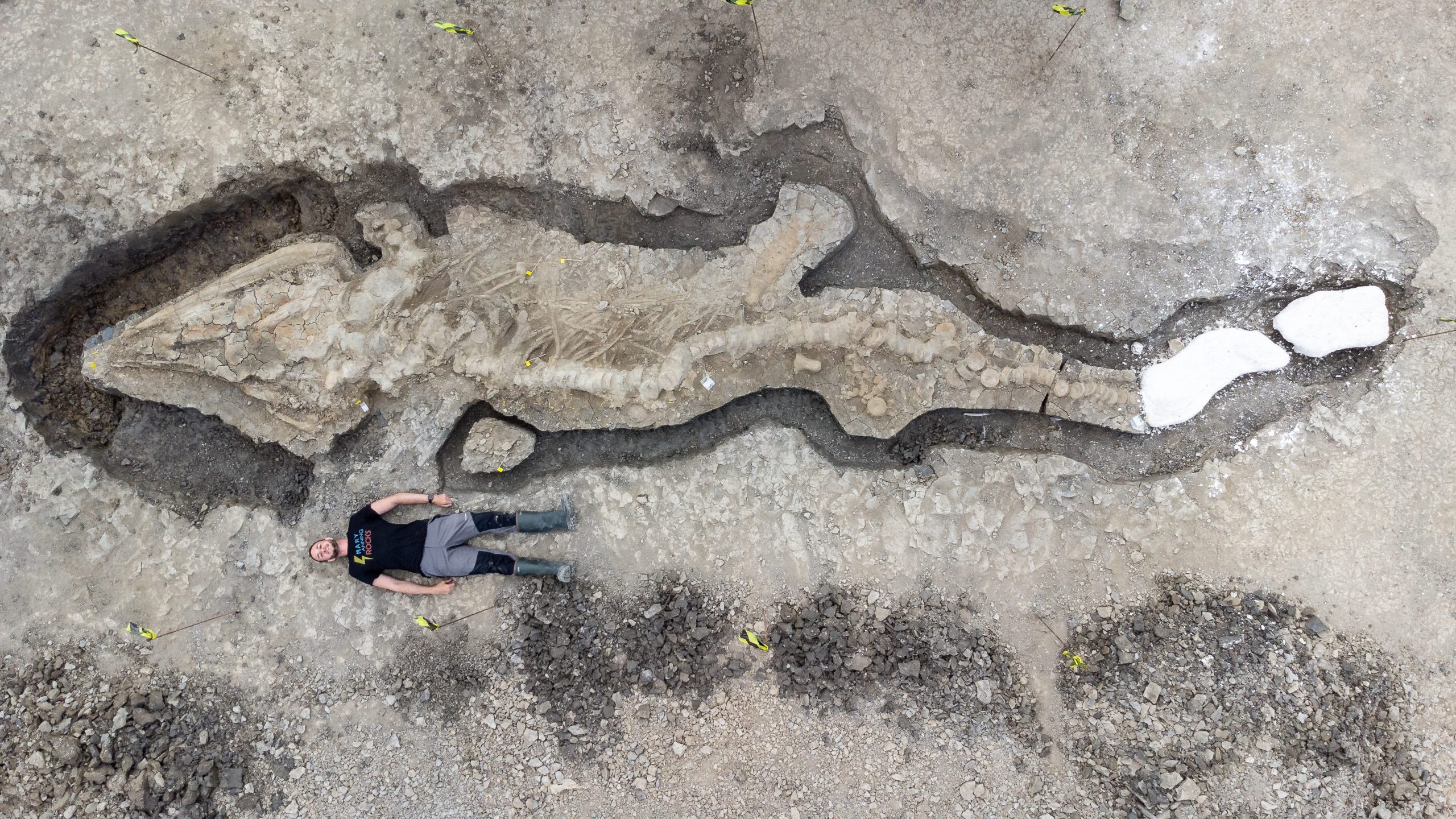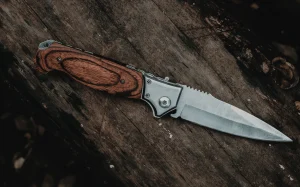The discovery of a massive prehistoric “sea dragon” in the Midlands has been dubbed one of the biggest finds in British palaeontology history.
The ichthyosaur is the largest and most complete fossil of its kind ever discovered in the UK, with a skeleton reaching around 10 metres in length and a cranium weighing about a tonne. In February 2021, Joe Davis of the Leicestershire and Rutland Wildlife Trust discovered it while draining a lagoon island at the Rutland Water reservoir.
Also read: UK ramps up preparation for Queen Elizabeth II’s Platinum Jubilee year celebration
The earliest ichthyosaurs, sometimes known as sea dragons because of their huge teeth and eyes, were discovered in the early 1800s by Mary Anning, a fossil hunter and palaeontologist.
According to Dean Lomax, a palaeontologist who has researched the species, “Despite the many ichthyosaur fossils found in Britain, it is remarkable to think that the Rutland ichthyosaur is the largest skeleton ever found in the UK. It is a truly unprecedented discovery and one of the greatest finds in British palaeontological history.”
Ichthyosaurs were aquatic reptiles that originally arose about 250 million years ago and died out about 90 million years ago. They ranged in length from 1 to more than 25 metres and had a body shape that was similar to that of dolphins.
Also read: Put an end to mass vaccination after COVID booster shots: UK vaccine expert
In August and September, a team of experts from throughout the UK dug up the bones.
During the construction of Rutland Water in the 1970s, two partial and considerably smaller ichthyosaurs were discovered, but this is the first full skeleton.
Mark Evans of the British Antarctic Survey, who has spent more than 20 years studying the Jurassic fossil reptiles of Rutland and Leicestershire, said that it was evident from the first view of the partially exposed fossil that it was the region’s largest ichthyosaur.
“However, it was only after our exploratory dig that we realised that it was practically complete to the tip of the tail,” he said. “It’s a highly significant discovery both nationally and internationally but also of huge importance to the people of Rutland and the surrounding area.”
Also read: UK health regulators dismiss second booster dose amid omicron surge
“It’s not often you are responsible for safely lifting a very important but very fragile fossil weighing that much. It is a responsibility, but I love a challenge. It was a very complex operation to uncover, record, and collect this important specimen safely,” said Nigel Larkin, a specialist palaeontological conservator.
On BBC Two’s Digging For Britain on Tuesday at 8pm, the excavation of the remains will be featured.







